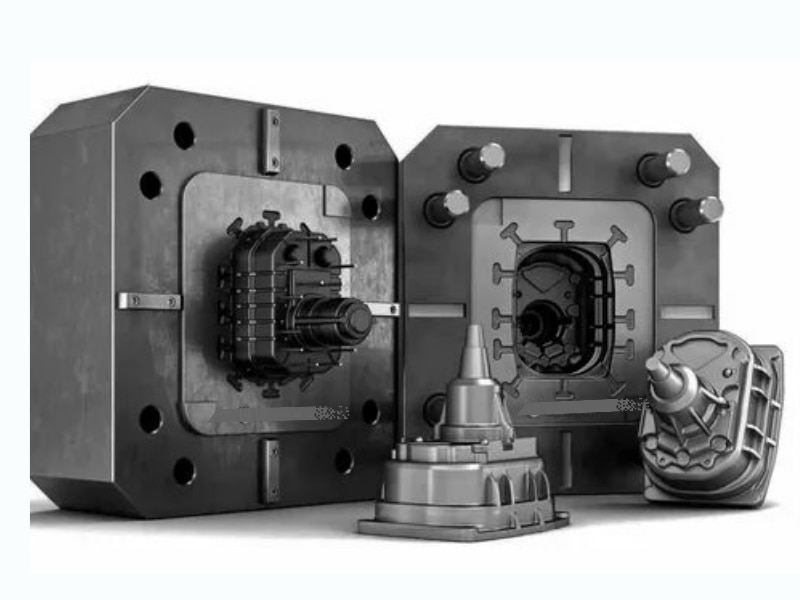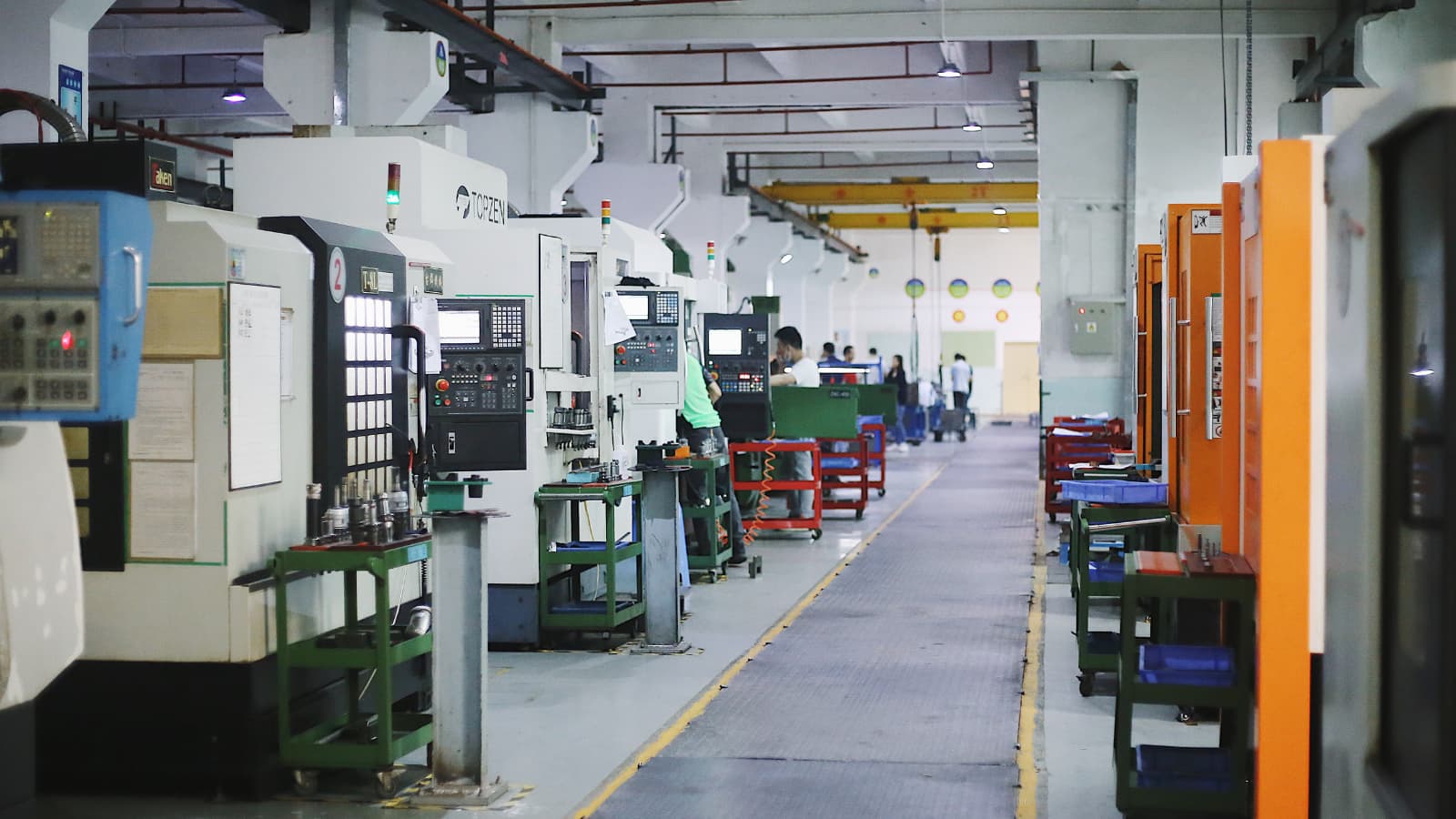Plastics are ubiquitous, and manufacturers employ different methods when making plastic products. One of the most popular among these methods is injection molding. Besides, manufacturers use this process because it is cost-effective and aids in producing high-quality parts. So, what products are made with injection molding?
There are several products and industries where injection molding is used, like in producing toys, bottle caps, surgical devices, jewel boxes, and even automotive components like dashboards. In this article, we will discuss injection molding examples, applications, products, and benefits of this manufacturing process.
Examples of Injection Molding Products
Since we examined the industries where products made by injection molding have applications, let us now discuss examples of injection molding parts.
Injection Molding Example #1 – Snap Fits
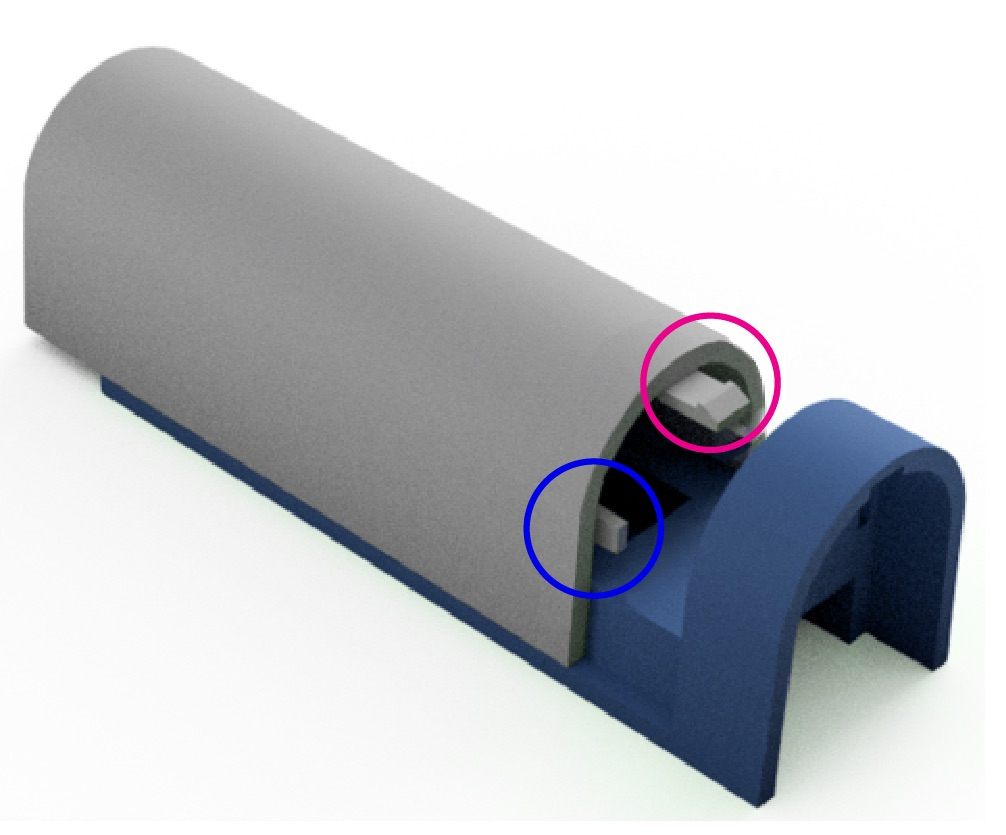
Snap fits is a spectacular example of plastic made using injection molding. Manufacturers often employ them in plastic parts to protect the integrity of a design’s aesthetics. Besides, injection molded snap fits are often more flexible and easily brave the rigors of parts assembly and disassembly.
Making snap fits using injection molding facilitates the return of the design to its unstressed position after engagement with the mating part. However, if returning to the unstressed position is impossible, an injection molded snap fit can remain under stress. However, this stress has to be below the maximum stress accepted by the design material, usually 50% of its elastic limit.
But with injection molding, engineers develop snap fits that snap together easily and pull apart easily with a simple push or pull action.
Injection Molding Example #2 – Living Hinges

Injection molding is probably the best and most cost-effective way of manufacturing a living hinge, especially where volume is a factor. There are also several reasons why manufacturers choose injection molding for producing living hinges.
Chief among them is the quick turnaround time. It is quite faster to produce living hinges using this process than any other method of plastic production. Another reason is that living hinges produced using this process have a better finish quality than those produced using CNC machining.
Injection Molding Example#3 – Threads
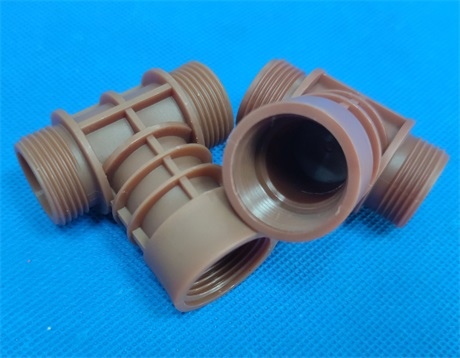
Threads are one of the plastic injection molding examples as you often find them on the neck of containers and plastic bottles. Manufacturers employ injection molding to make both internal and external threads.
Making external threads using injection molding involves developing a mold tool with half of the thread in both the core of the plastic and its cavity. This also makes separating the molded plastic from the tool easier. A slender joining line would be visible on the thread to signify the meeting point between both halves of the molding tool.
On the other hand, obtaining internal threads involves a different process. The process employed here involves the use of a threaded core or cavity that is removable. Furthermore, the manufacturer places this threaded core inside the mold tool and injects the polymer for use in the process into the mold tool. Subsequently, the injected polymer sets, create the thread.
Injection Molding Example#4 -Threaded Inserts
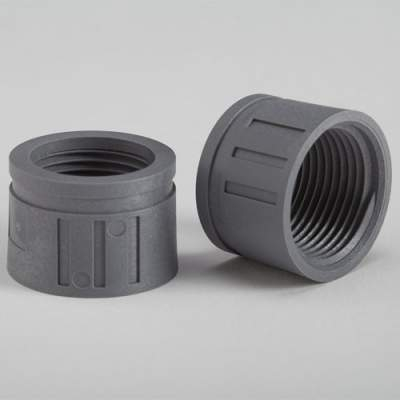
Threaded inserts are examples of injection molded products that help provide reusable threads. Another benefit is that it preserves the integrity of bolted joints for the duration of the application. Besides, they ensure thread stripping does not occur by allowing the correct installation of torque application to screw.
Thermoplastics and thermosets are the two main plastics engineers use for threaded insert installations. Thermosets include; polyester resins, urea, epoxies, and Bakelite. Besides, plastics in this category are heat-resistant and tough. It is also impossible to reform them using pressure and heat once formed, as the chemical change is irreversible. This type of plastic is ideal for making press-in, molded-in, and self-tapping inserts.
On the other hand, thermoplastics are solid at room temperature but soften and have a melting point at higher temperatures. The common plastics under this category include ABS, polyamide, polycarbonate, and polyvinyl chloride. Engineers use thermoplastics for making heat/ultrasonic inserts, press-ins, and molded and self-tapping inserts.
Injection Molding Example #5 – Press Fittings
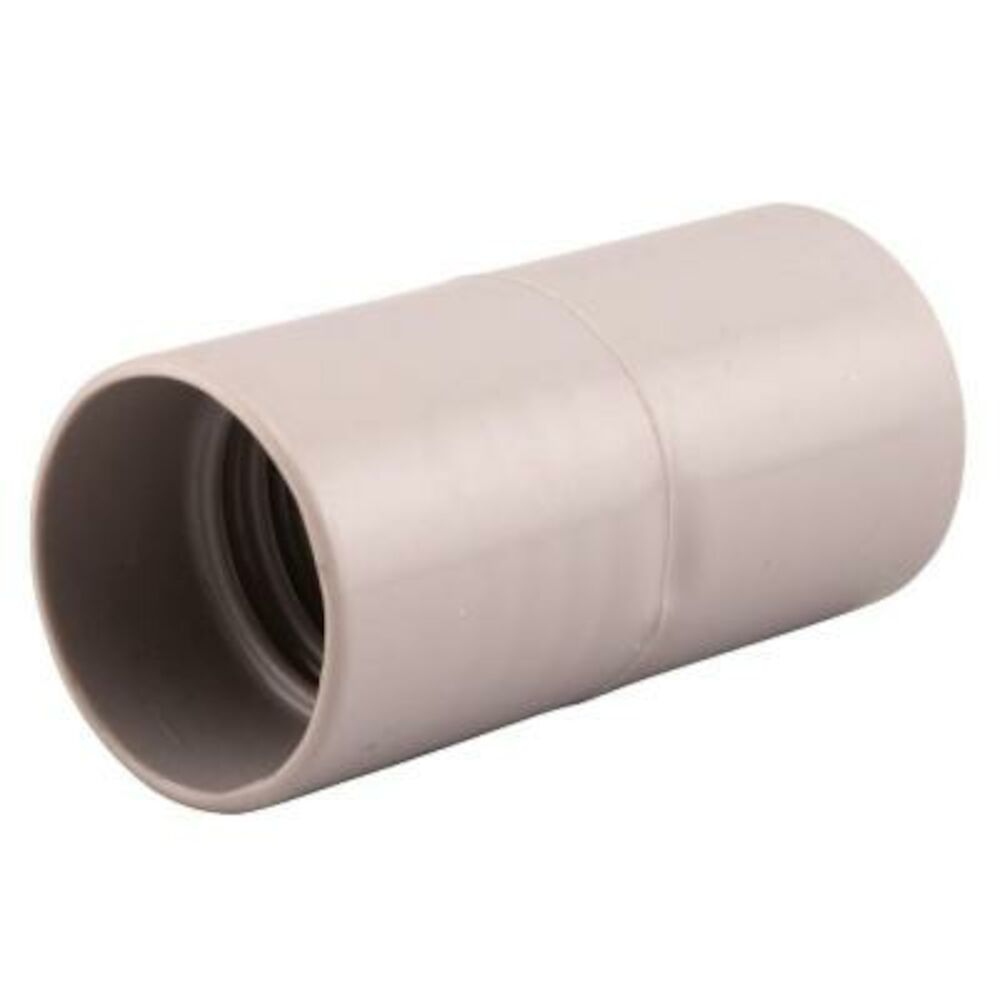
Using injection molding for press fittings helps ensure an economical assembly that is timely and clean. One way to guarantee the success of press fittings is by using molded-in inserts. These inserts help develop excellent holding power between the molded plastic and insert.
Injection Molding Example#6 – Living Caps
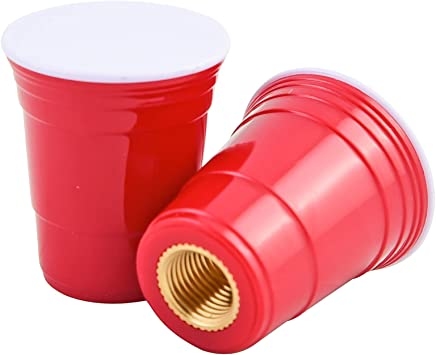
A living cap is a cap made from an extension of the parent material. Living caps made through the process of injection molding are very durable. They can flex 180 degrees or more than a million times without breaking apart.
Additionally, a living cap does not involve assembling different parts since it is a uniform piece. There are also four main types of caps here; straight or flat, child safe, Double or Triple, and butterfly.
Injection Molding Example #7 – Equipment Housings
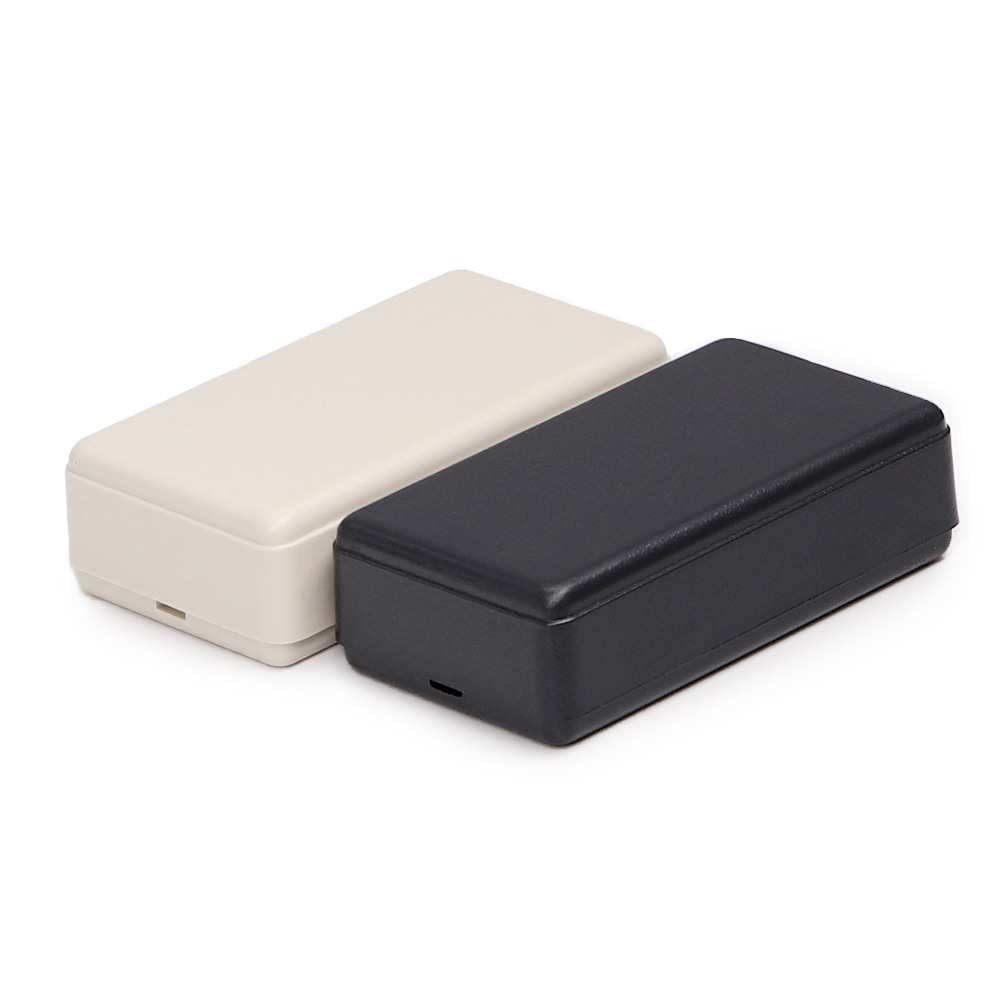
Equipment housings are protective casings often constructed from metal or plastic, offering protection to a product. Making equipment housing using the injection molding process is cheaper than using any other method of plastic production. This is especially true where manufacturers want to mass produce the equipment housing. Besides, manufacturers employ this process in producing housing for equipment for different industries, ranging from computer electronics to medical equipment.
Additionally, one feature that makes injection molded equipment housing stand out is that accessing the product is not difficult, as it is easy to disassemble the housing.
Injection Molding Example #8 – Insulators
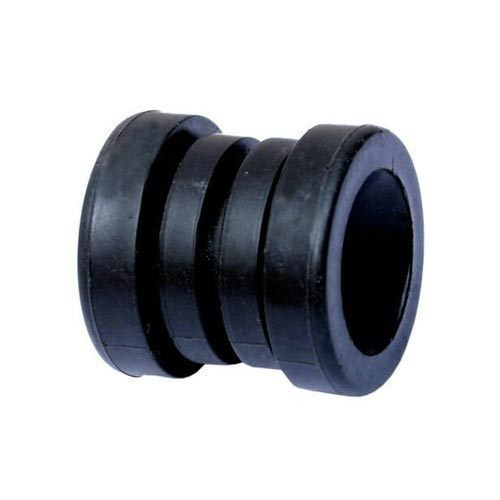
Another application of the injection molding process is in the manufacture of insulators. This is often the role of injection molded parts in electronics. As insulators, these parts help effectively separate electrical conductors, stopping the current passage.
An instance is the use of plastics like PC and ABS to produce electronic housing, light switches, and other electrical parts.
Injection Molding Example#9 – Deck Fasteners
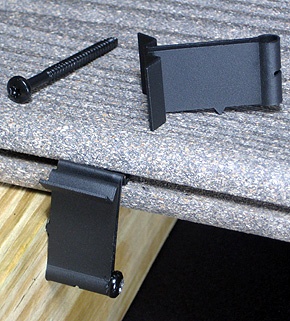
Deck fastener manufacturers’ injection mold coat stainless steel inserts with strong polymer materials like polypropylene and polyethylene. Besides, this combination makes the deck fasteners impact resistance to UV rays, making them extremely durable regardless of the prevailing climatic conditions of a place.
Another merit of injection molded deck fasteners is that they allow deck wood’s free expansion and contraction.
Injection Molding Example#10 – Dashboard

A dashboard is one of the most common parts of automobile development. Injection molding makes the production of this part easier. It is also easier to incorporate structures like airbag frame, interior trim panel, windpipe, mobile ashtray, sub-instrument panel body, and dashboard lower body.
There are different injection molding processes used in the production of auto dashboards; they include; Gas-assisted injection molding, Sequence valve injection, and composite injection. Other processes are instrument panel insert injection, two-color injection molding, and double injection of the instrument panel.
Injection Molding Example#11 – Cell Phone Cases

Cell Phone cases are one of the most popular uses of injection molding. The most common plastic materials used for this process are polycarbonate, polyurethane, and polypropylene. Furthermore, These materials are used to produce strong protective cases for cell phones.
Advantages of Injection Molding for Making Injection Molded Parts
There are many reasons why manufacturers turn to injection molding to produce parts. Here are a few of them.
Works With A Wide Range Of Materials
There are over 50 materials that engineers use for injection molding today. With these options available, it becomes easier for you to find a material with the attributes you are looking for. Additionally, injection molding allows engineers to combine two or more materials to produce a part with the combined attributes of the individual materials.
Saves time
An injection molding cycle lasts between ten seconds to two minutes, depending on the complexity of the geometry. This helps save time, as you can create several duplicates of a part in an hour at a minimal cost.
Low Waste
With injection molding, waste is almost non-existent since you can always reuse excess or leftover materials. All you need to do is regrind and melt again, which helps reduce the cost of production.
Highly Accurate
Injection molding is highly accurate regardless of the complexity of the geometry of the part you want to produce. This process makes it easy to achieve a tolerance of between 0.125mm to 0.500mm. However, to achieve this over a period, you must consider the weld lines, wall thickness, corner transitions, and rib and boss design.
Large Volume Production
One major benefit of using injection molding is that it allows you to produce several parts before you need to maintain the tooling. This is especially true when you use hard tooling with which you can undertake over 100,000 cycles before re-tooling.
Industrial Applications of Injection Molding
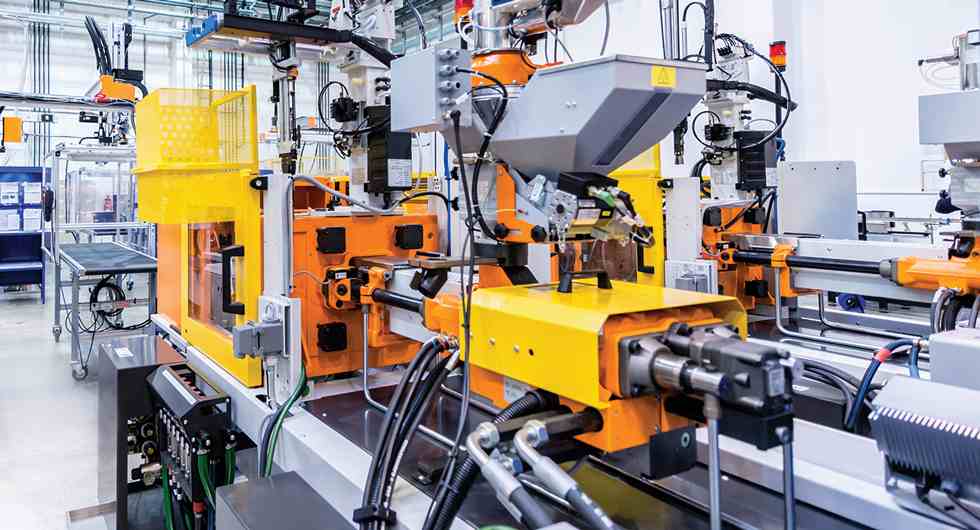
Plastic parts are commonplace in most products. This is often due to their cost effectiveness, tensile strength, chemical stability, wear resistance, insulation, and good thermal conductivity. So, many injection molding examples across different industries. However, the major industries include;
Automotive
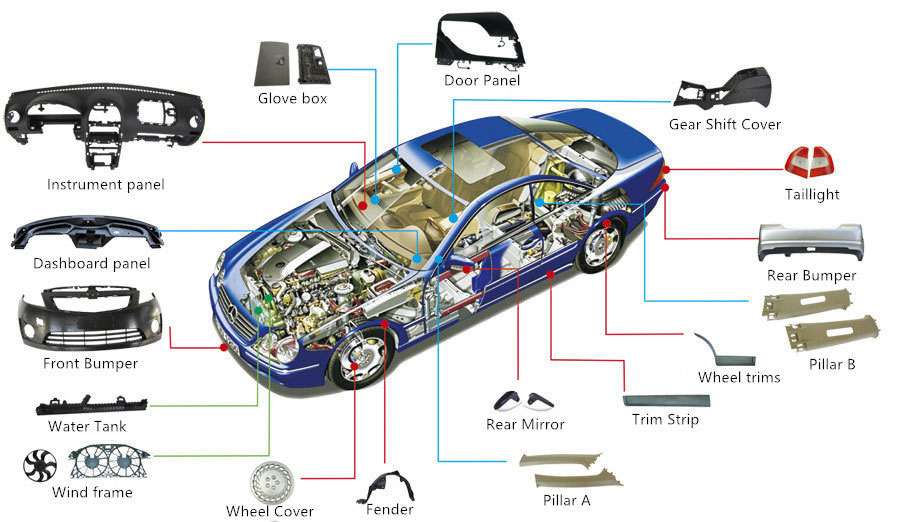
Automotive and machinery have parts made through the process of injection molding. This industry uses these plastic parts for a lot of reasons. Chief among them is their durability. Plastic parts, being resistant to wear and tear and biodegradation, often last a long time.
Besides, plastics are lightweight when compared to other materials. This weight helps improve automotive fuel efficiency since the heavier an automobile, the more fuel it consumes.
Additionally, plastic parts are resistant to UV ray exposure and corrosion. Making them ideal for use in automotive production of parts like radio controls, cup holders, bumpers, and dashboards.
Medical
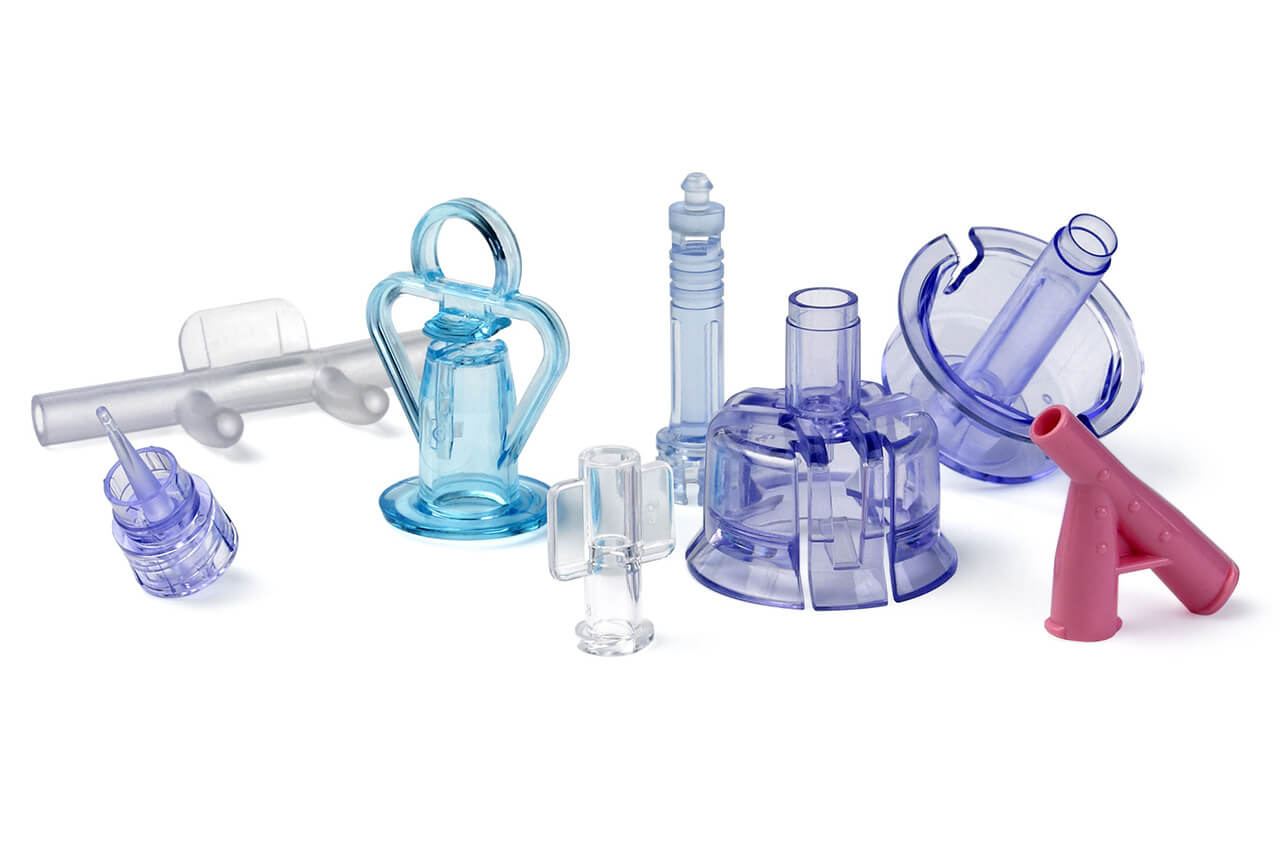
The medical industry heavily relies on injection molded plastic parts. This industry often requires the production of precise parts in large volumes. Besides, it values bulk production because most plastic products produced here are single-use and disposable, which helps prevent the spread of diseases and germs, maintaining sterility.
Additionally, this industry’s products produced using injection molding include single-use plastic syringes and IV connections. Other notable products include biocompatible items like prosthetics and dental implants, as well as handles and triggers that can undergo sterilization. What’s more, the common medical grade plastics include silicone, polypropylene, polyethylene, and ABS.
Electronics

Although plastics do not conduct electricity, they still have a place in the electronics industry. This industry employs injection molding to produce electrical face plates and other electronic devices.
Besides, plastics used by manufacturers in the electronics industry are often durable with excellent resistance to electricity. Injection molding applications include the production of remote controls, computers, medical instruments, televisions, key fobs, etc.
Agriculture
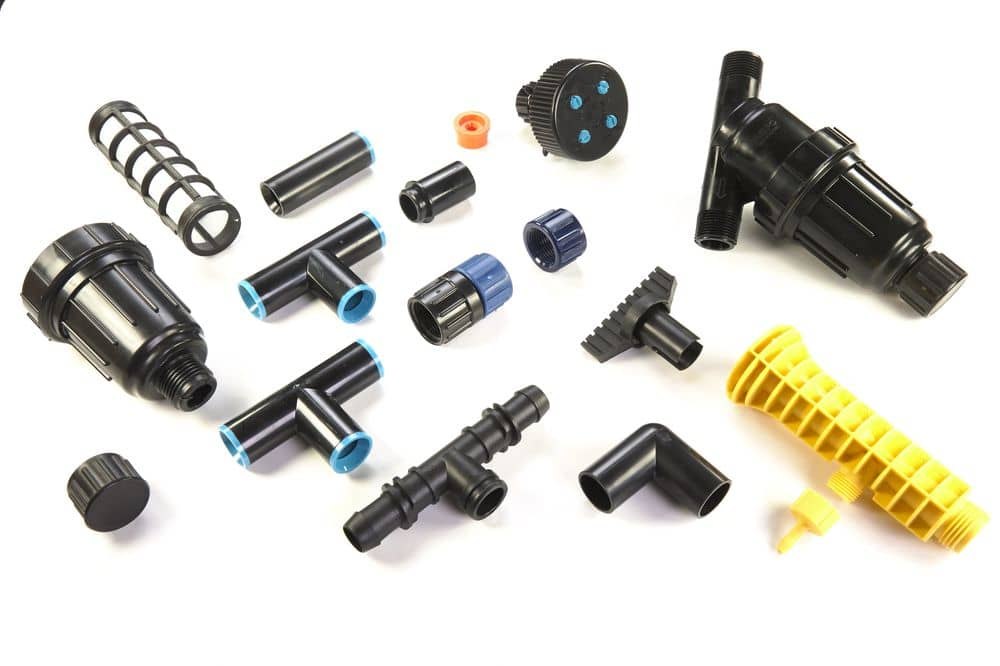
Agricultural industry which focuses on growing crops for food, producing drugs, and other purposes, still needs injection molded parts. The industry leverages plastic injection molding products that are durable and resistant to different environmental conditions.
Besides, parts made through plastic injection molding offer the industry a lot of benefits. Chief among them is the resistance to corrosion which provides unique benefits to the farm. Unlike metals, plastics do not corrode due to environmental forces like rainfall. Additionally, they are lightweight, guaranteeing their durability and reducing the cost of agricultural production.
Household

Most consumer products found in households have packages made through injection molding. But why do manufacturers employ this process? Because plastic products made through the injection molding process are often very durable. Another reason is that they adapt to various temperature variations and weather. They are also recyclable, which helps manufacturers reduce the cost of production.
Additionally, household plastic products manufactured through injection molding include; bottle caps, toilet seats, outdoor furniture, drinkware, barbeque accessories, etc. Also, injection molding helps create household items like children’s toys that are durable, colorful, and easy to clean.
Consumer Goods
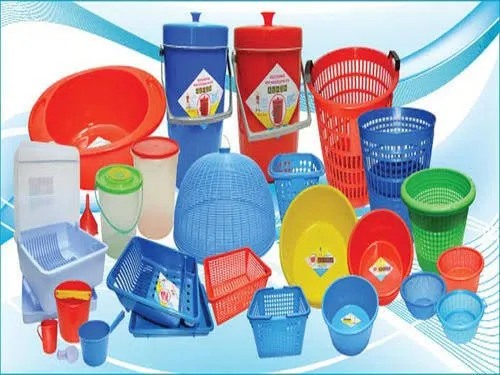
The consumer goods industry also uses injection molding in the production of parts. Instances are the plastic bird feeder and skateboard storage racks with excellent durability. Other consumer goods made using injection molding include; cell phone cases, bakeware, game controllers, USB thumb drive housing, etc.
Outsource Your Plastic Injection Molding Parts
Plastic is one material with diverse uses across several industries. Using injection molding to produce plastic parts has several benefits over other plastic production methods. However, to get good quality products, it is advisable to outsource your plastic manufacturing to a trusted and reliable manufacturing company. One of the best manufacturing companies when it comes to injection molding services is RapidDirect.
At RapidDirect, we help you create your custom plastic molded parts, following your specifications. Using a combination of our professional engineering team and top-notch injection molding techniques, we guarantee you international standard plastic parts.
We also offer you a fast lead time and competitive pricing while allowing you to track the manufacturing process of your products in real-time. To get the quality you desire, we assign an exclusive project manager to follow your project from start to finish when you opt for our service.
So, what are you waiting for? Upload your design to our platform for a free quotation and competitive bulk pricing.
